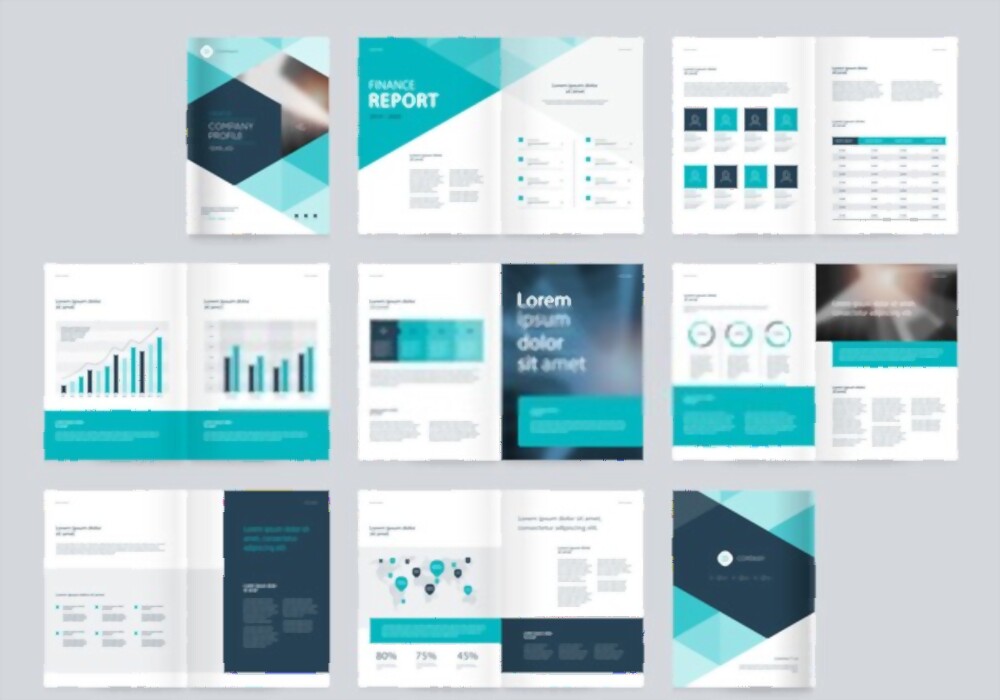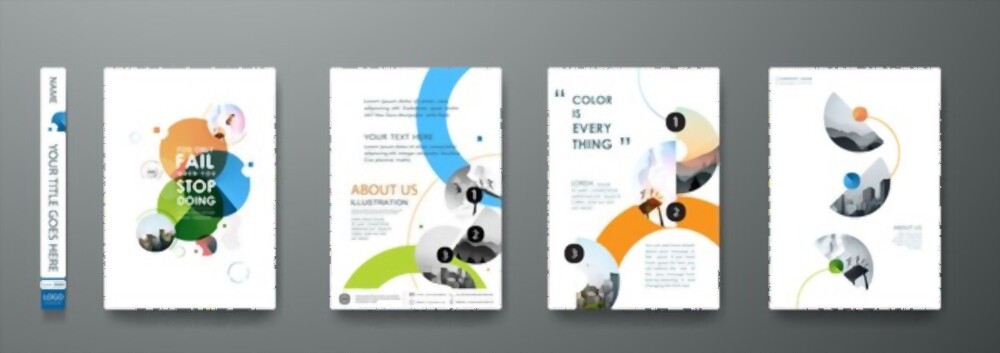Flyers are a type of marketing material that is designed to be printed and distributed to a wide audience. They are commonly used to promote events, products, services, or businesses.
Flyers can be in the form of a single sheet or a folded brochure, and they typically include eye-catching images, text, and other graphics that convey a message or information to the target audience.
In this post, we talk about the different flyer sizes and how to prevent choosing the wrong flyer size, Also about the mistakes we do while choosing the flyer size.
The Flyer Sizes for Businesses
When it comes to creating effective flyers for restaurants and cafes, there are a few different sizes that can work well depending on the specific goals of the marketing campaign.

Related: What Are The Tracing Paper Sizes?
Types of flyer sizes
- A4
- A5
- A6
- DL
Here are some examples:
- 4 x 6 inches:
This is a common size for postcard-style flyers and can work well for promoting daily specials, happy hour deals, or events such as live music or trivia nights. This size is small enough to be cost-effective to print and easy to distribute to customers, yet large enough to include enticing images and all the necessary information.
- 5.5 x 8.5 inches:
This is a slightly larger size that can be used for more comprehensive flyers promoting a specific menu item or package deal. This size provides more space to include mouth-watering photos and detailed descriptions of the menu items, which can be especially effective for drawing in potential customers.
- 8.5 x 11 inches:
This is a standard size for letter-sized flyers and can work well for promoting new restaurant openings, special events, or grand openings. This size allows for more creative freedom in terms of design and layout, and can also be used for menus or catering packages.
- 11 x 17 inches:
This is a larger size that can be used for more attention-grabbing flyers, such as posters or banners. This size is particularly effective for promoting events or deals that are time-sensitive and require a larger visual impact to capture the attention of potential customers.
Why Choosing the Right Flyer Size is Important?
Choosing the right flyer size is important for several reasons. Firstly, the size of the flyer can impact the overall design and layout, which can affect the effectiveness of the message being conveyed. A flyer that is too small may not have enough space to include all the necessary information or graphics, while a flyer that is too large may be overwhelming or difficult to distribute.

Secondly, the right flyer size can impact the effectiveness of delivering your message. For example, a larger flyer may be more noticeable and grab the attention of potential customers, while a smaller flyer may be more cost-effective and easier to distribute to a wider audience.
Thirdly, the size of the flyer can impact the cost efficiency of your marketing campaign. Smaller flyers may be cheaper to print and distribute, while larger flyers may have a higher production cost. Therefore, it is important to consider the trade-offs between the cost and impact of different flyer sizes.
Common Mistakes to Avoid When Choosing Flyer Sizes
Choosing a size based on personal preference
Choosing the right flyer size is crucial for the success of any marketing campaign. However, businesses make some common mistakes when selecting a flyer size. Here are some mistakes to avoid:
- Choosing a size based on personal preference: It’s important to choose a flyer size based on the needs of the business and the target audience, not personal preference. The size should be selected based on the amount of information that needs to be conveyed and how it will be distributed.
- Ignoring the printing cost: Larger flyers may have a more significant visual impact, but they can also be more expensive to print. It’s important to consider the printing cost when selecting a size, as this can affect the overall budget for the marketing campaign.
- Choosing a size that’s too small or too big: If the flyer is too small, it may not be noticed by potential customers. On the other hand, if it’s too big, it may be difficult to distribute or may not fit in standard distribution methods such as envelopes or display racks.
Overcrowding the design and layout
Another common mistake to avoid when choosing flyer sizes is overcrowding the design and layout of the flyer. While it may be tempting to include as much information as possible in a single flyer, doing so can actually be counterproductive.
Overcrowding the design and layout can make the flyer look cluttered, unprofessional, and difficult to read. Potential customers may be put off by a flyer that looks overwhelming or confusing and may not take the time to read all of the information included.
To avoid this mistake, it’s important to prioritize the most important information and design the layout accordingly. Use a clear and concise headline that immediately captures the attention of potential customers. Use bullet points or short paragraphs to provide essential information such as the date, time, location, and key details of the event or promotion.
FAQS
What are the most common flyer sizes?
Common flyer sizes for businesses include A4 (210 x 297 mm) for corporate or professional events, A5 (148 x 210 mm) for promoting products or services, and DL (99 x 210 mm) for direct mail campaigns or brochures.
How do I determine the best distribution method for my flyers?
To ensure effective promotion, choosing the best distribution method for flyers depends on factors such as target audience demographics and behavior, budget, geographic location, and timeframe of the marketing campaign.
How can I make sure my flyer design is effective?
To create an effective flyer design, keep it simple, use eye-catching visuals, and choose visually appealing colors that reinforce branding.